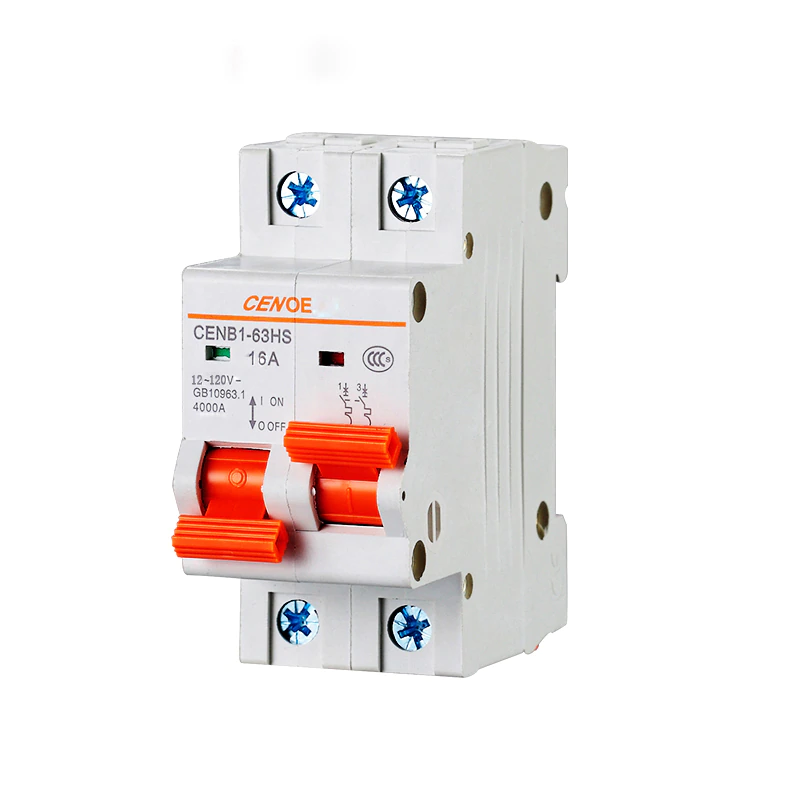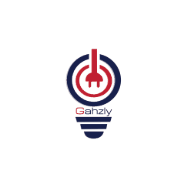Solar energy system protection
Solar energy system protection
 Installing a protection system for the solar energy system is very important in order to avoid sudden malfunctions in the system. The protection system is installed at the inlets and outlets of the solar energy system devices. There are multiple protection devices with different functions, and they all perform their functions properly if the correct choice is made.
Installing a protection system for the solar energy system is very important in order to avoid sudden malfunctions in the system. The protection system is installed at the inlets and outlets of the solar energy system devices. There are multiple protection devices with different functions, and they all perform their functions properly if the correct choice is made.
Solar power system protection components
Some of the popular protection device components that should be installed in solar energy systems are:
- DC circuit breaker.
- AC circuit breaker.
- Al-overload (overload).
- Over and under voltage.
- DC circuit breaker:
– It works to protect the current of solar panels and batteries from short circuits, surges, etc.
– It is not possible to install an AC circuit breaker that depends on electromagnetic fields, and its internal components are different from the DC circuit breaker.
– Direct current is more dangerous than alternating current in the event of electrical faults, as direct current (DC) depends on the characteristic of arc formation that causes fires. A DC circuit breaker is installed between the solar panels and the inverter, with the aim of protecting against sudden malfunctions in the system.

- AC circuit breaker:
– This type is used to protect loads that are operated using a solar energy system.
– It is used to protect the inverter from the alternating current entering it from the main network and also the current coming out of it in the Hydrid system.
Inverter protection
Protecting the inverter device is very important, so that it does not malfunction. This is done by placing a DC circuit breaker between the battery and the inverter, which works to protect the inverter from the direct current (DC) entering it from the battery.
In addition to protection from alternating current (AC) that is diverted from the inverter and output to feed electrical loads, an AC circuit breaker must be installed at the output.
- Overload:
Its function: It works to protect loads that are operated by solar energy from any increase in current intensity beyond the value specified on the overload device.
– An overload is installed between the inverter and the AC loads.

Overload theory
When the intensity of the current drawn by the electrical loads rises above the value at which the overload is set, this leads to an increase in the temperature of the thermal coils, and they expand, and as a result a piece of fiber moves that works to separate a closed point inside the overload.
After identifying the cause of the increase in current intensity and fixing it, the restart button is pressed, the overload contact point returns to closure, and the loads are turned on again.
- Over and Under voltage:
– Its function: It works to protect the solar energy system network from rises and falls in alternating current (AC) voltage.
– There is a gradation of standards to adjust the voltage value when rising, another gradation for decreasing, and a gradation for adjusting the operating delay time.
It is always preferable to set the voltage rise to 240V, and the voltage drop to 160V

 Try Gahzly for a fun shopping trip
Try Gahzly for a fun shopping trip
We are pleased that you visit our social media pages, where we publish exclusive offers on our website.
Our Facebook page Here.
Our Twitter account Here.











Leave a Reply
You must be logged in to post a comment.